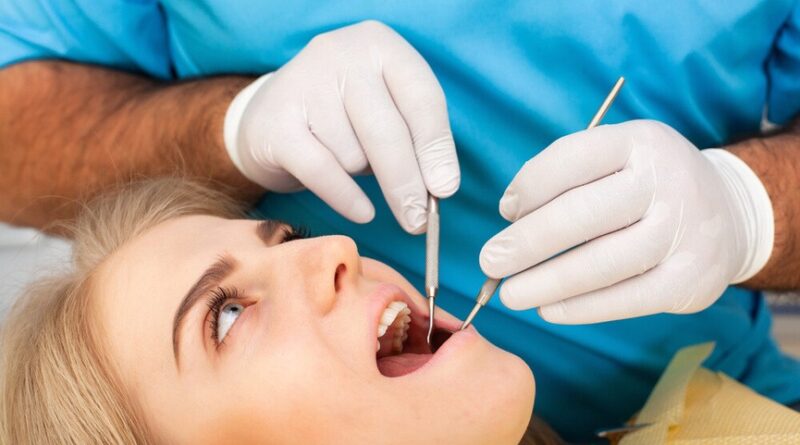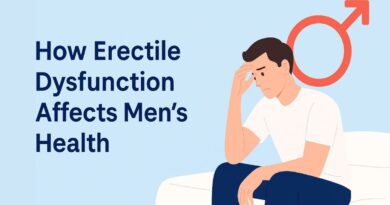When should lower wisdom teeth be removed?
Lower wisdom teeth, also called third molars, are the last set of teeth to erupt, usually between the ages of 17 and 25. While some people have no problems with them, others experience pain, swelling, and dental complications that require removal.
Understanding the right time to lower wisdom teeth removal can prevent infections, crowding, and long-term oral health issues.
Why Lower Wisdom Teeth Can Cause Problems
Not everyone needs their wisdom teeth removed, but in many cases, there isn’t enough space in the jaw for them to grow properly. This can lead to:
-
Impaction – Teeth get stuck under the gum or jawbone.
-
Crowding – Pressure on nearby teeth causes misalignment.
-
Decay and Gum Disease – Difficult-to-clean areas become breeding grounds for bacteria.
-
Pain and Swelling – Inflammation around the tooth or jaw.
Signs It’s Time to Remove Lower Wisdom Teeth
Persistent Pain or Discomfort
If you feel ongoing pain at the back of your mouth, it could indicate an infection, impaction, or pressure from growing wisdom teeth.
Swelling and Redness
Inflamed gums around a partially erupted wisdom tooth can signal pericoronitis, an infection that often requires extraction.
Frequent Infections
Recurring gum or jaw infections are a common reason dentists recommend removal.
Tooth Decay
Wisdom teeth are harder to clean, making them more prone to cavities and damage.
Orthodontic Concerns
If you’ve had braces or aligners, your dentist might suggest extraction to prevent wisdom teeth from pushing other teeth out of alignment.
Best Age for Lower Wisdom Teeth Removal
Most dentists recommend removing problematic wisdom teeth in your late teens or early twenties, when the roots are still developing. This makes the procedure easier and recovery faster.
When Removal May Not Be Necessary
If your wisdom teeth are:
-
Fully erupted
-
Healthy and decay-free
-
Positioned correctly
-
Easy to clean
…then your dentist may advise monitoring them instead of removing them.
Risks of Delaying Wisdom Teeth Removal
-
More difficult surgery due to fully developed roots
-
Increased risk of cysts or tumors around impacted teeth
-
Higher chance of shifting teeth and bite problems
-
More painful recovery in later years
Recovery Timeline After Removal
-
First 24 hours: Rest and manage swelling with ice packs.
-
2–3 days: Gradual improvement in discomfort.
-
1 week: Stitches (if any) are removed, and normal eating resumes.
-
2 weeks: Full healing of gums.
FAQs on Lower Wisdom Teeth Removal
Q: Is it better to remove wisdom teeth before they cause pain?
Yes, preventive removal can avoid future complications and complex surgery.
Q: Can lower wisdom teeth grow back after removal?
No, once extracted, they do not grow back.
Q: Does removal hurt?
The procedure is done under local or general anaesthesia, so you won’t feel pain during surgery.
Q: How long does the removal take?
Simple extractions can take 20–30 minutes; impacted teeth may take longer.
Q: Is swelling normal after removal?
Yes, swelling and mild discomfort are common for the first 2–3 days.
Conclusion
Lower wisdom teeth should be removed when they cause pain, infection, crowding, or other dental problems. The best time is usually in your late teens or early twenties to ensure easier surgery and faster recovery.
Regular dental check-ups can help determine the right time for extraction and prevent complications before they arise.




